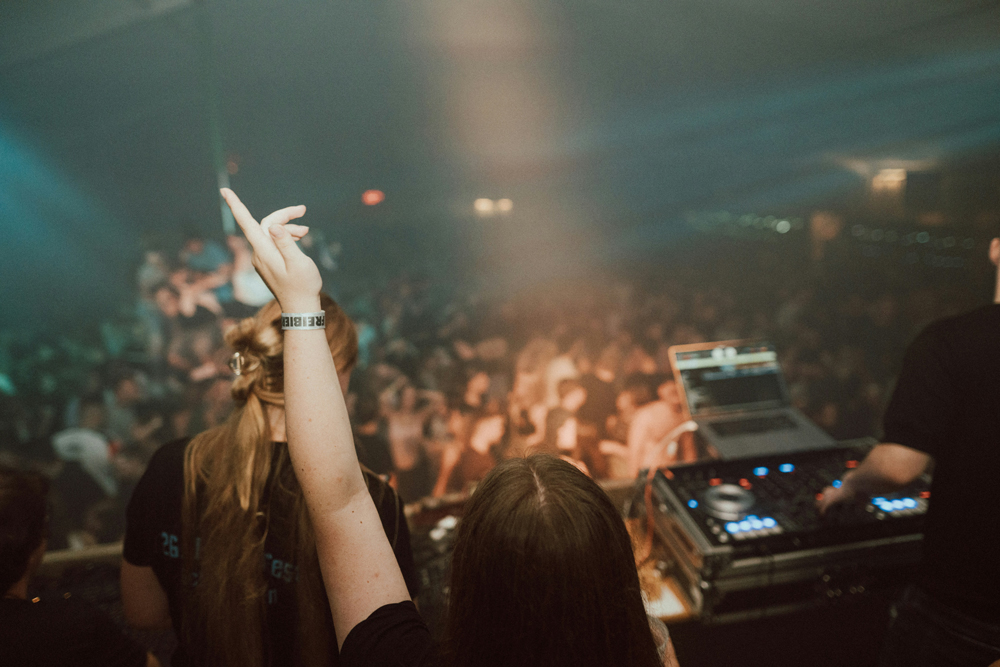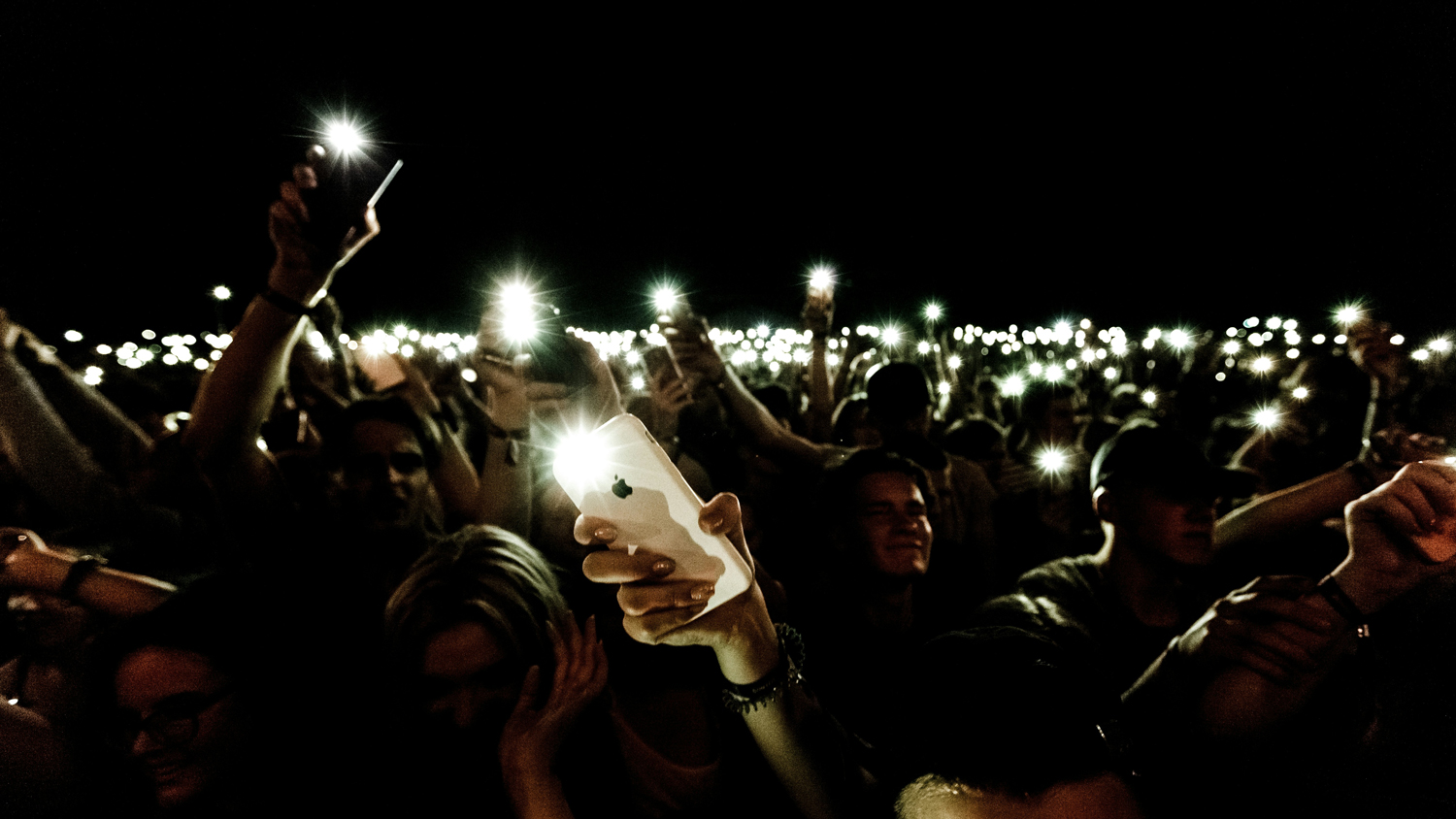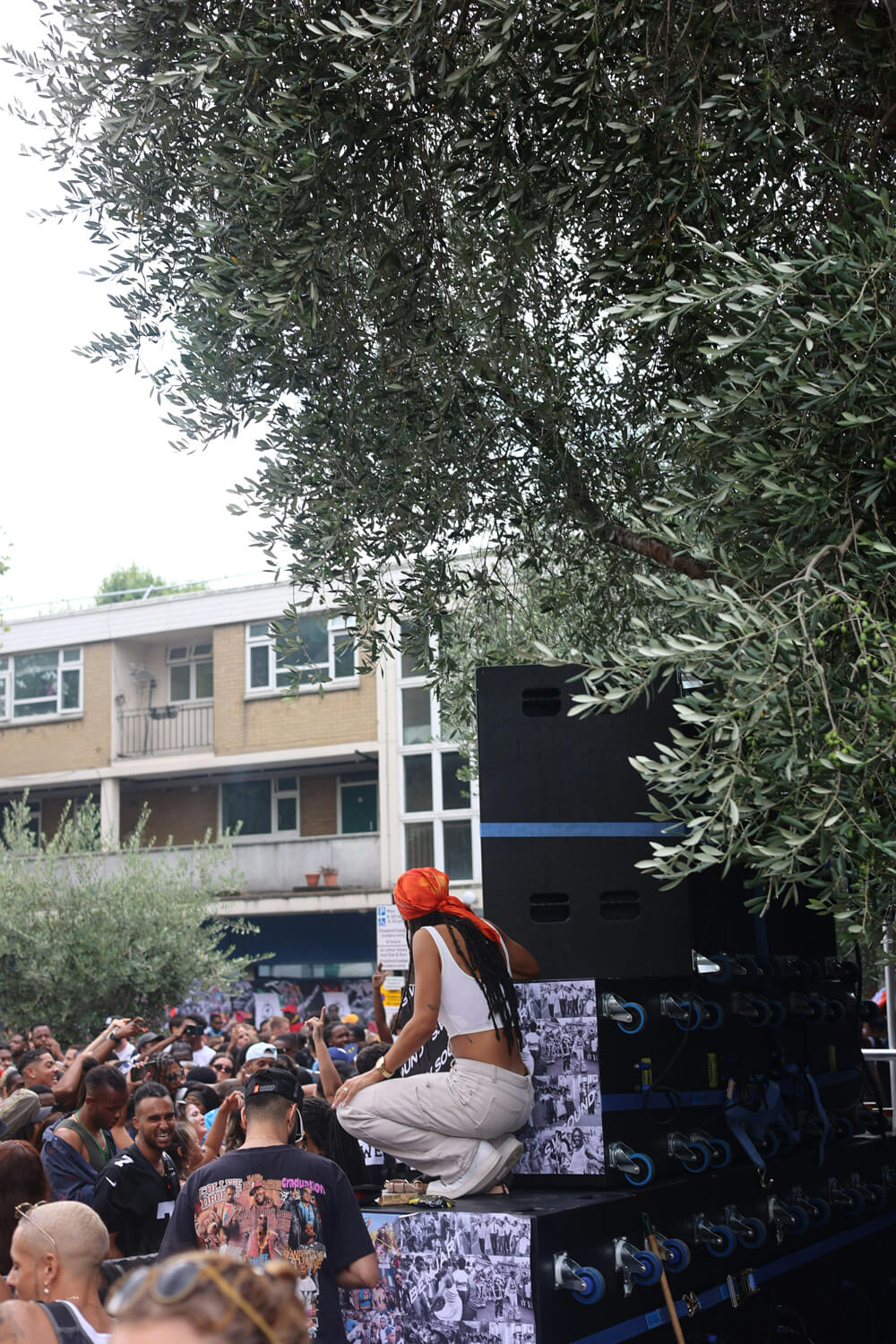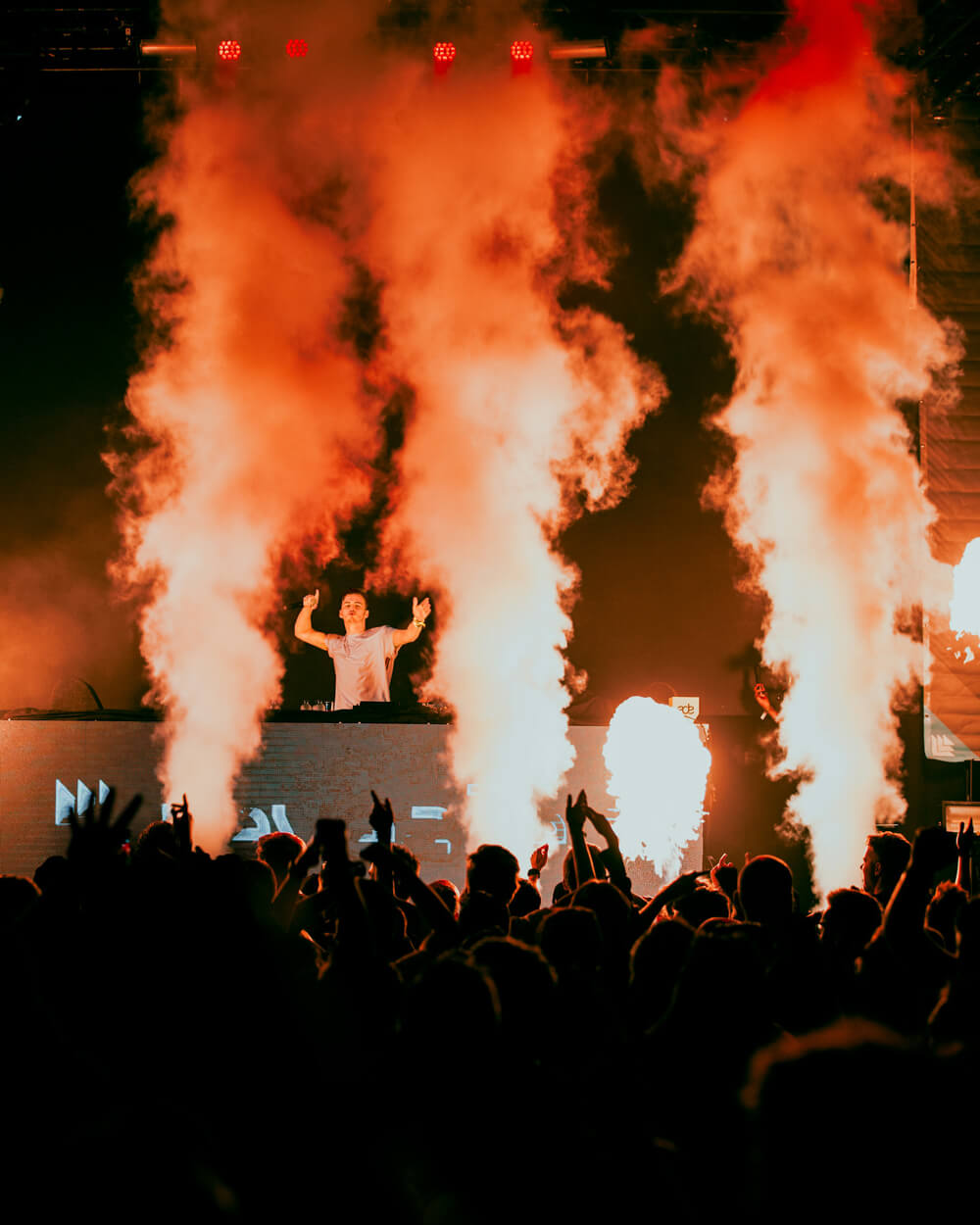
The Clash Community: The Role of Fans and Supporters in Sound Clash Culture
Soundclash culture, a vibrant and intense musical phenomenon, has been a cornerstone of Caribbean communities for decades. Originating in Jamaica, sound clashes are competitive events where sound systems (teams of DJs and selectors) battle each other to win over the audience with their musical selection, mixing skills, and exclusivity of tracks, known as “dubplates.” While much focus is often placed on the sound systems themselves, the fans and supporters—the lifeblood of this culture—who drive the energy, atmosphere, and, ultimately, the success of these clashes. This article delves into the indispensable role that fans and supporters play in sound clash culture, exploring how their passion, loyalty, and active involvement shape the very fabric of these events.
The Energy of the Audience
At the heart of any sound clash is the audience. Unlike conventional concerts or DJ sets, where the crowd’s role is primarily passive, a sound clash demands active participation from its attendees. The audience is not just there to enjoy the music—they are integral to determining the winner. Their reactions, cheers, boos, and overall engagement provide the immediate feedback that selectors use to gauge the effectiveness of their musical choices.
The audience’s energy is palpable, often reaching a fever pitch as rival sound systems exchange musical blows. Fans’ reactions can turn the tide of a clash, with selectors carefully reading the crowd to decide which track to play next. A well-timed, crowd-pleasing dubplate can send the audience into a frenzy, securing a crucial victory in a round. Conversely, a poorly received track can lead to a devastating loss. In this way, the audience’s energy fuels the event and directly influences its outcome.
“The role of fans and supporters in sound clash culture cannot be overstated. They are the driving force behind the energy of the clashes.”
Propagation of Sound Clash Culture Globally
In an era before the internet and social media, audio recordings were the primary means of sound clash culture spreading beyond the immediate vicinity of the events themselves. These tapes would be shared, copied, and circulated among fans, eventually reaching far-flung corners of the world. This global dissemination helped to build an international community of clash enthusiasts who could experience the vibrancy of the Jamaican sound clash scene even if they were thousands of miles away.
Moreover, these recordings have played a critical role in introducing new audiences to sound clashes. Whether through mixtapes, bootlegs, or later digital downloads and streams, the availability of clash recordings has allowed the culture to transcend geographical boundaries, inspiring new generations of sound systems in places as diverse as the UK, Japan, and Europe.
Educational Value for Sound Systems
For aspiring sound systems, listening to audio recordings of past clashes is akin to studying game tapes in sports. These recordings provide a wealth of knowledge on what works and doesn’t in a clash environment. They offer insights into crowd dynamics, how to sequence tracks for maximum impact, and the importance of mic control and timing. By analyzing these recordings, up-and-coming selectors and MCs can refine their techniques and develop their unique styles.
In some cases, legendary clashes have set benchmarks for a successful performance, and studying these recordings becomes a rite of passage for any serious sound system. The most iconic moments—such as when a sound system “kills” its opponent with a particularly devastating dubplate—are dissected and emulated by future generations.
Building Legacies and Mythologies
Audio recordings have also contributed to the mythos surrounding certain sound systems and clashes. When a clash is recorded and shared, it becomes part of the public domain, subject to the scrutiny and admiration of fans worldwide. This can significantly enhance a sound system’s reputation, solidifying its place in the annals of sound clash history.
The recordings also help immortalize certain clashes, turning them into legendary events that have been referenced and revered for years. For example, the infamous 1994 clash between Bass Odyssey and Kilimanjaro remains one of the most talked-about events in sound clash history, mainly because of the widespread distribution of its audio recording. The ability to relive these moments through recordings helps to sustain the culture’s vibrancy and keeps the stories alive.

Support Beyond the Clash Arena
The influence of fans and supporters extends beyond the clash arena. Many sound clash enthusiasts are deeply embedded in their communities, using their love of the culture to foster social connections, organize events, and mentor younger generations. This community-oriented spirit helps sustain a sound clash culture, ensuring it remains relevant and accessible to future generations.
Fans also play a crucial role in preserving the history and heritage of sound clash culture. By creating documentaries, books, podcasts, and online archives, fans contribute to documenting and celebrating this rich cultural tradition. This work is essential for educating new audiences about the roots and significance of sound clash, helping to ensure that the culture continues to thrive.
The role of fans and supporters in sound clash culture cannot be overstated. They are the driving force behind the energy of the clashes, the backbone of sound systems through their loyalty and support, and the custodians of the culture’s legacy. As sound clash culture continues to evolve, particularly with the advent of digital platforms, the role of the fan will only grow in importance. Their passion, involvement, and dedication ensure that Sound Clash remains not just a musical competition but a vibrant, living tradition that unites communities and celebrates the power of music.
Whether in the clash arena, online, or within their local communities, fans and supporters are the heartbeat of sound clash culture. Without them, the energy, excitement, and essence of the clash would be lost. Their involvement is not just a contribution; it is the essence of what makes Soundclash culture unique and enduring.
Subscribe to newsletter
You may also like
The Power of a Good Sound System in a Sound Clash: Momentum and History
In the world of sound clash, where musical skill, track selection, and dubplate exclusivity reign su
The Phenomenon of Sound Clash Lock-offs: A Deep Dive into Dominance
Following the recent lock-off victory by King Animosity over Innocent Sound, the sound clash scene h
Crafting the Perfect Anthem Dubplate: A Guide for Sound Systems
Dubplates hold a revered place in the heart of sound system culture, especially within the competiti



